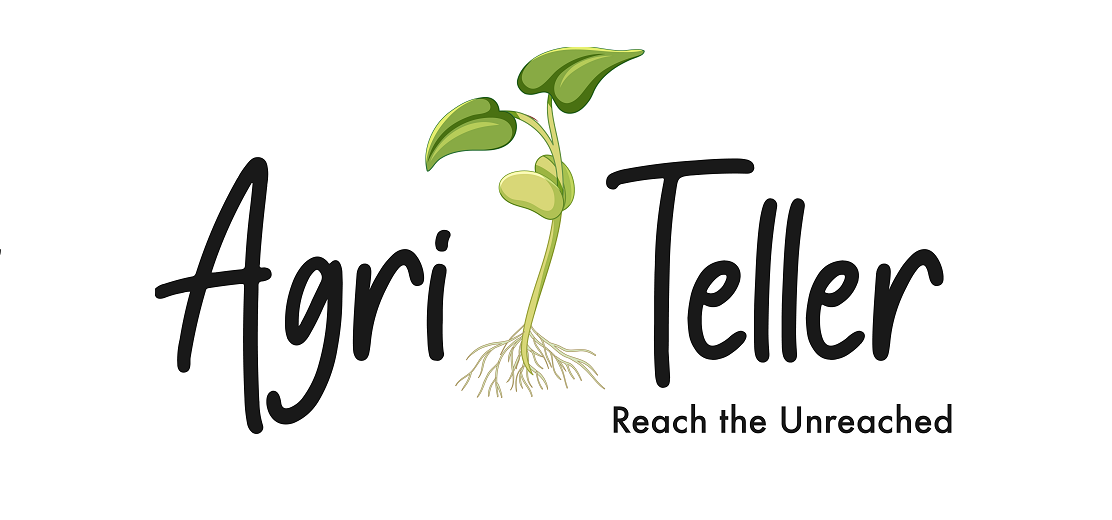
Protected cultivation, also known as controlled environment agriculture, has gained immense popularity in modern agriculture. This method involves growing crops in enclosed structures such as greenhouses, polytunnels, or net houses, offering an array of benefits compared to traditional open-field farming. In this article, we will explore the advantages of protected cultivation and how it is revolutionizing the way we grow crops in a controlled and sustainable manner.
Extended Growing Seasons:
Protected cultivation allows farmers to extend the growing seasons by creating an optimal environment for plant growth. Greenhouses and other protected structures provide protection from adverse weather conditions such as frost, excessive heat, heavy rains, or strong winds. This flexibility enables year-round cultivation, ensuring a continuous supply of fresh produce regardless of the external climate or season. By extending growing seasons, protected cultivation enhances productivity and improves the overall efficiency of agricultural operations.
Enhanced Crop Quality and Yield:
The controlled environment in protected cultivation enables growers to maintain ideal growing conditions, optimizing crop quality and yield. Factors such as temperature, humidity, light intensity, and photoperiod can be precisely regulated to meet the specific requirements of each crop. This control results in faster growth, improved uniformity, and higher-quality produce. The absence of extreme weather conditions and reduced exposure to pests and diseases contribute to healthier plants, reducing the need for chemical interventions and enhancing the market value of the harvested crops.
Efficient Resource Utilization:
Protected cultivation allows for efficient resource utilization, making it a sustainable farming method. By enclosing the cultivation area, water usage is significantly reduced through controlled irrigation systems and reduced evaporation. Additionally, the enclosed structures provide insulation, minimizing heat loss and optimizing energy efficiency. The use of artificial lighting, ventilation systems, and advanced technologies further improves resource efficiency. This resource optimization reduces overall inputs, conserves water, and minimizes environmental impacts.
Pest and Disease Control:
Protected cultivation acts as a physical barrier, preventing the entry of pests, insects, and larger animals into the growing area. This reduces the reliance on chemical pesticides and allows for more sustainable pest management practices. Integrated pest management (IPM) strategies can be effectively implemented in protected environments, utilizing biological controls, traps, and monitoring systems to prevent and manage pests and diseases. As a result, farmers can produce healthier, residue-free crops, ensuring consumer safety and environmental sustainability.
Reduced Environmental Impact:
Protected cultivation offers a greener alternative to traditional open-field farming. By controlling the growing environment, protected cultivation reduces the need for synthetic fertilizers and pesticides, minimizing their environmental impact. The efficient use of water, energy, and other resources also contributes to a lower carbon footprint. Moreover, the controlled conditions allow for efficient use of land, reducing soil erosion and preserving natural habitats. This eco-friendly approach aligns with sustainable farming practices and supports biodiversity conservation.
Crop Diversity and Specialty Crops:
Protected cultivation provides opportunities for growing a wide range of crops, including exotic and specialty varieties that are not suitable for open-field cultivation in specific regions. The ability to customize environmental conditions allows farmers to experiment with unique and high-value crops, meeting the demands of niche markets. This diversification of crops not only expands farmers’ income potential but also promotes agricultural biodiversity and culinary diversity.
Conclusion:
Protected cultivation is transforming the agricultural landscape by offering numerous benefits for growers and the environment alike. By extending growing seasons, improving crop quality and yield, optimizing resource utilization, and enhancing pest and disease control, protected cultivation proves to be a sustainable and efficient farming method. As we strive for food security, climate resilience, and environmental stewardship, embracing protected cultivation techniques can contribute to a more sustainable and productive future for agriculture.




